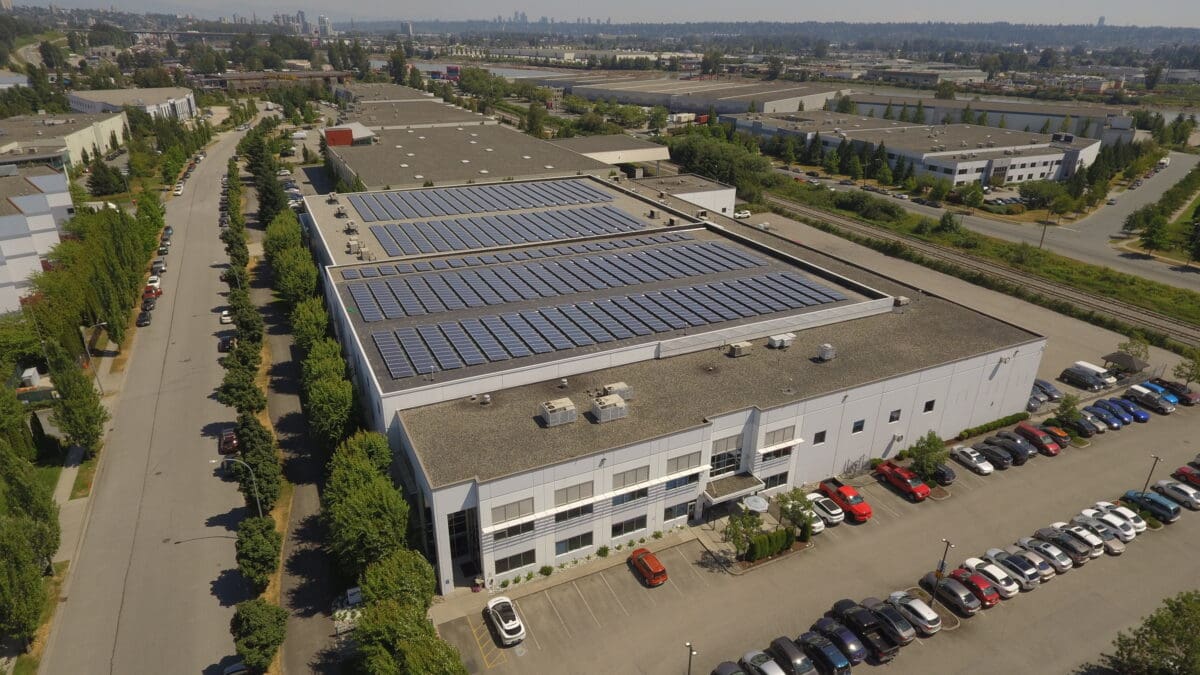Spring Maintenance for Your Roof
Spring is here! Flowers are starting to bloom as the days get warmer and longer. As we begin preparing our yards and gardens by clearing out debris, we must not forget about our roofs.
When was the last time you looked up to inspect your roof? When was the last time a professional physically inspected your roof? Can you see debris hanging out of the gutters, moss growth or damaged shingles?
The most obvious sign of damaged shingles is when a leak appears in your ceiling. Excessive moss growth, piles of debris on your roof, and overflowing gutters are other signs that you may need to maintain your roof to prevent more costly issues from arising and to preserve the life of your roof.
Roofs should be inspected twice each year. Below are tips to maintain your roof in the Spring. Spring maintenance for your roof is important as most roofs experience lots of debris landing on the roof from Fall and Winter storms. Most people aren’t having their roof inspected during the cold, wet months, so the drier, warmer days in Spring is the perfect time to maintain your roof. Taking care of these issues before major problems arise will save your wallet and allow you to maximize the life span of your roof.
Below are our Top 10 Spring Maintenance Tips:
- Look for cracks, holes or shingles that are out of place. Cedar shake often comes loose from the heavy wind and rain storms during Winter. Cracked concrete tiles are becoming very common across the lower mainland, due to the age of when these roofs were installed. It’s extremely challenging to repair concrete roofs as the tiles are all likely brittle and easily broken. For mor information on concrete tile roofs, refer to our article on Concrete Tile Roof Repair vs. Conversion.
- Remove debris from valley’s and around chimneys, vents, skylights and flashing. This debris can create a dam allowing water to ingress into crevices. Removing debris allows water to flow down the roof without any obstructions to misdirect water.
- Inspect around vent pipes as the rubber boots can crack or get damaged from pests.
- Clean out gutters to make sure they flow freely. Pooling water in gutters is often evident with overflowing gutters during heavy rains. Large volumes of water stuck in gutters is a considerable amount of weight that can effect gutters. Plus the overflowing water will gradually deteriorate the fascia boards over time, creating more costly repairs in the future. Consider adding debris catchers to your downpipes to prevent clogs in perimeter drainage.
- Remove any tree branches or plants that come near the roof. They act as highways for pests and critters that can cause major damage. They also can contribute to algae growth, which can gradually reduce the life expectancy of your roof.
- Look for signs of activity from pests. This can include excessive amounts of bird droppings on the side of a building, debris piled up where soffits meet the roof, dislodged soffits, bee hives, small access points for bees and even piles of dust that may have been created by carpenter ants. We always recommend professional exterminators or local pest control companies handle these situations. We’ve even seen raccoons living in attics with their babies that legally could not be disturbed until they moved out on their own.
- Never power wash an asphalt roof. We don’t recommend using a hose to spray your roof either. Never use a brush to scrub an asphalt roof. These actions remove the protective granules on the shingles and will drastically reduce the life expectancy of your roof.
- Remove moss and algae as this will harbor moisture while also reducing the life span of your shingles. There are companies that specialize in moss removal and prevention. These professionals can clean your roof while minimizing any impact to the shingles and most reputable companies use eco-friendly, biodegradable products. If your roof is prone to moss growth, zinc strips installed along your roof ridge may help prevent moss growth.
- From inside your attic, use a flashlight to inspect the plywood underneath the roof shingles. Looking for damp areas on the plywood, water stains especially around vent pipes, and mold growth are important clues that a leak may exist.
- If in doubt, call a professional
Maintaining your roof two times each year with the visual inspections outlined above as well as the physical removal of debris will go a long way to preserve your roof.
If you have any questions or concerns about the state of your roof, contact us today. Our expert Technical Advisors can answer your questions, and even provide a free estimate.


